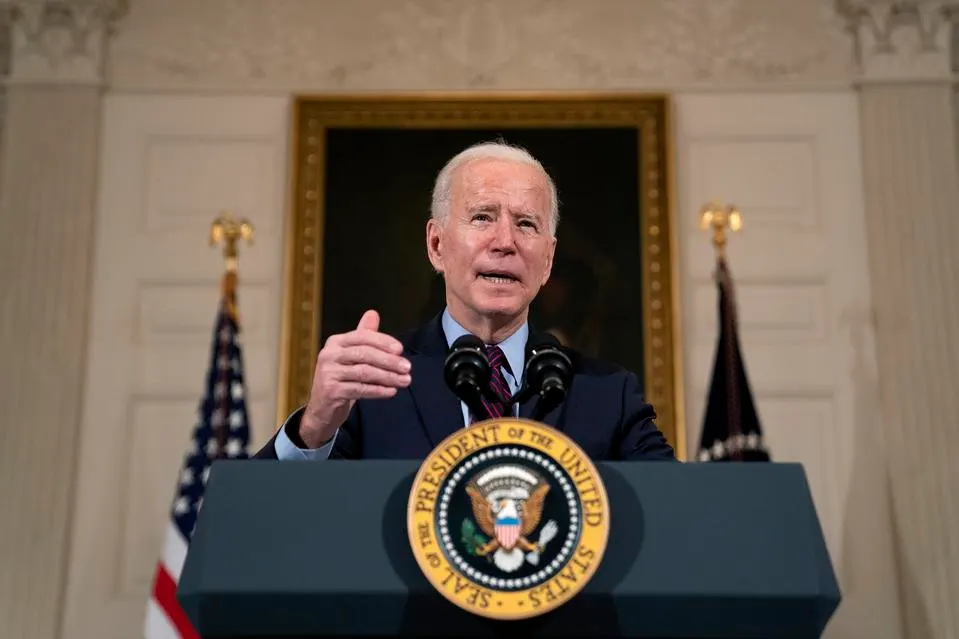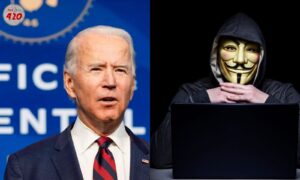
Biden Administration Unveils Workforce Development Plan Amid Economic Challenges
The Biden administration has announced a comprehensive plan to strengthen the American workforce in response to ongoing economic challenges. This initiative focuses on enhancing job training in high-demand sectors like technology and renewable energy while offering incentives to encourage businesses to invest in domestic manufacturing. As the U.S. economy grapples with technological disruptions and global market shifts, these measures aim to equip workers with the skills needed for a changing job landscape.
A Workforce Plan for Modern Times
The administration’s plan addresses two critical concerns: rising unemployment in certain sectors and the need to future-proof the workforce. By focusing on industries poised for growth—such as clean energy and advanced technology—the initiative seeks to create stable, high-paying jobs for American workers.
For instance, job training programs will be expanded through partnerships with community colleges and trade schools. The focus will be on offering certifications in areas like AI development, software engineering, solar panel installation, and wind turbine maintenance. Additionally, funding will be allocated to small and medium-sized enterprises (SMEs) to incentivize apprenticeship programs.
Quote from the White House:
“This plan is about giving Americans the tools they need to succeed in a 21st-century economy while ensuring that industries critical to our nation’s future thrive on home soil,” President Biden said during a press briefing.
Key Measures in the Initiative
- Expanding Job Training Programs
The administration will partner with educational institutions to offer workforce development programs, especially in underserved communities. These initiatives are expected to prioritize fields such as robotics, data analytics, and sustainable energy systems. - Tax Incentives for Domestic Manufacturing
Companies that bring back production from overseas or build new facilities in the U.S. will benefit from tax breaks. This move aims to reduce reliance on global supply chains and increase local job creation. - Funding for Clean Energy Jobs
Investments in the clean energy sector will create roles in solar, wind, and electric vehicle (EV) manufacturing. These are seen as pivotal to achieving the administration’s climate goals while spurring economic growth. - Support for Workers in Transition
Special programs will help workers in declining industries—such as coal mining and traditional manufacturing—transition to new roles in green energy and technology.
Why This Matters
The United States faces a rapidly evolving economic landscape shaped by the rise of artificial intelligence, the green energy revolution, and global supply chain vulnerabilities. These changes have left many Americans concerned about job security and economic stability. By addressing these challenges head-on, the administration’s plan aims to ensure long-term prosperity.
Moreover, the focus on renewable energy aligns with the U.S.’s commitment to combat climate change. Developing domestic industries reduces dependency on foreign energy supplies while providing sustainable job opportunities.
Public Reaction
The plan has drawn a mix of praise and criticism. Advocates argue it will help bridge the skills gap and revitalize American manufacturing, which has seen a decline over recent decades.
On the other hand, critics have expressed concerns about the potential for government overreach and the cost of implementing such measures. Some industry leaders are wary of the administration’s ability to balance rapid technological adoption with protecting existing jobs.
Expert Opinion:
Dr. Karen Lee, an economist at Harvard University, remarked:
“This plan is ambitious but necessary. If implemented effectively, it could set the foundation for a resilient economy capable of competing globally in the decades to come.”
Comparisons to Global Efforts
The U.S. is not alone in its efforts to strengthen domestic industries and workforce capabilities. Countries like Germany and South Korea have long emphasized vocational training and technological innovation, providing models for success. By tailoring these strategies to American needs, the Biden administration hopes to position the U.S. as a leader in cutting-edge industries.
Potential Challenges
While the plan holds promise, its success will depend on overcoming several hurdles:
- Funding and Implementation: Securing bipartisan support in Congress for the necessary budget allocations could be challenging.
- Balancing Innovation with Equity: Ensuring that marginalized communities benefit equally from these programs is crucial.
- Coordination Across Sectors: Aligning educational institutions, private enterprises, and government agencies will require effective collaboration.
Looking Ahead
The Biden administration’s workforce development initiative represents a pivotal step toward preparing the U.S. economy for the future. As industries evolve and global markets shift, policies like these will determine America’s ability to maintain its competitive edge.
American workers stand at the heart of this transition. With the right training and opportunities, they can not only adapt to the new economy but thrive in it.
For more details, check out the White House announcement and related coverage by The New York Times.
This initiative could set a precedent for future economic policies, fostering a workforce that’s not only capable of meeting today’s demands but also resilient enough to navigate tomorrow’s challenges.
Image source – Gettyimages


